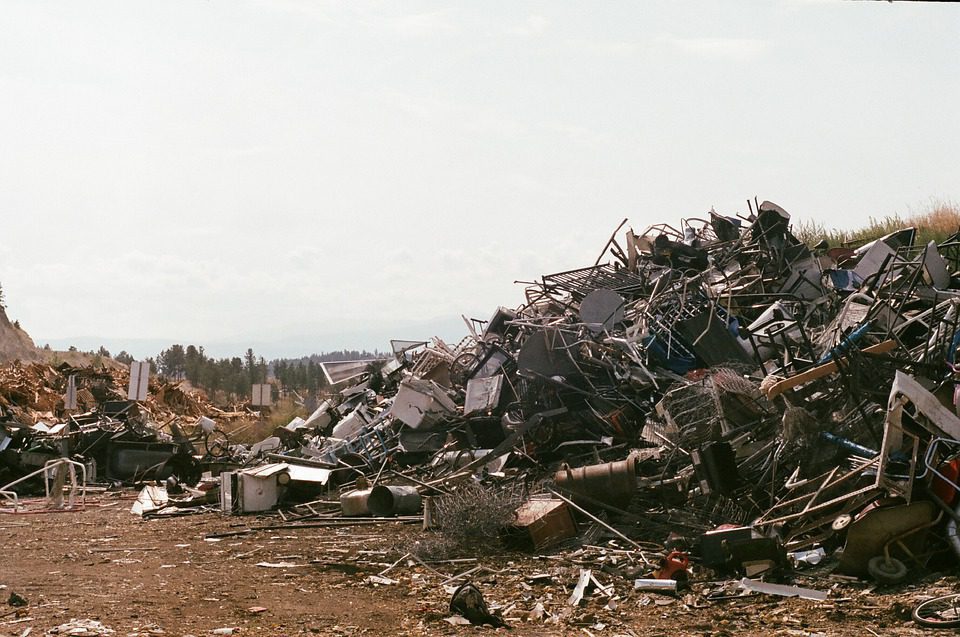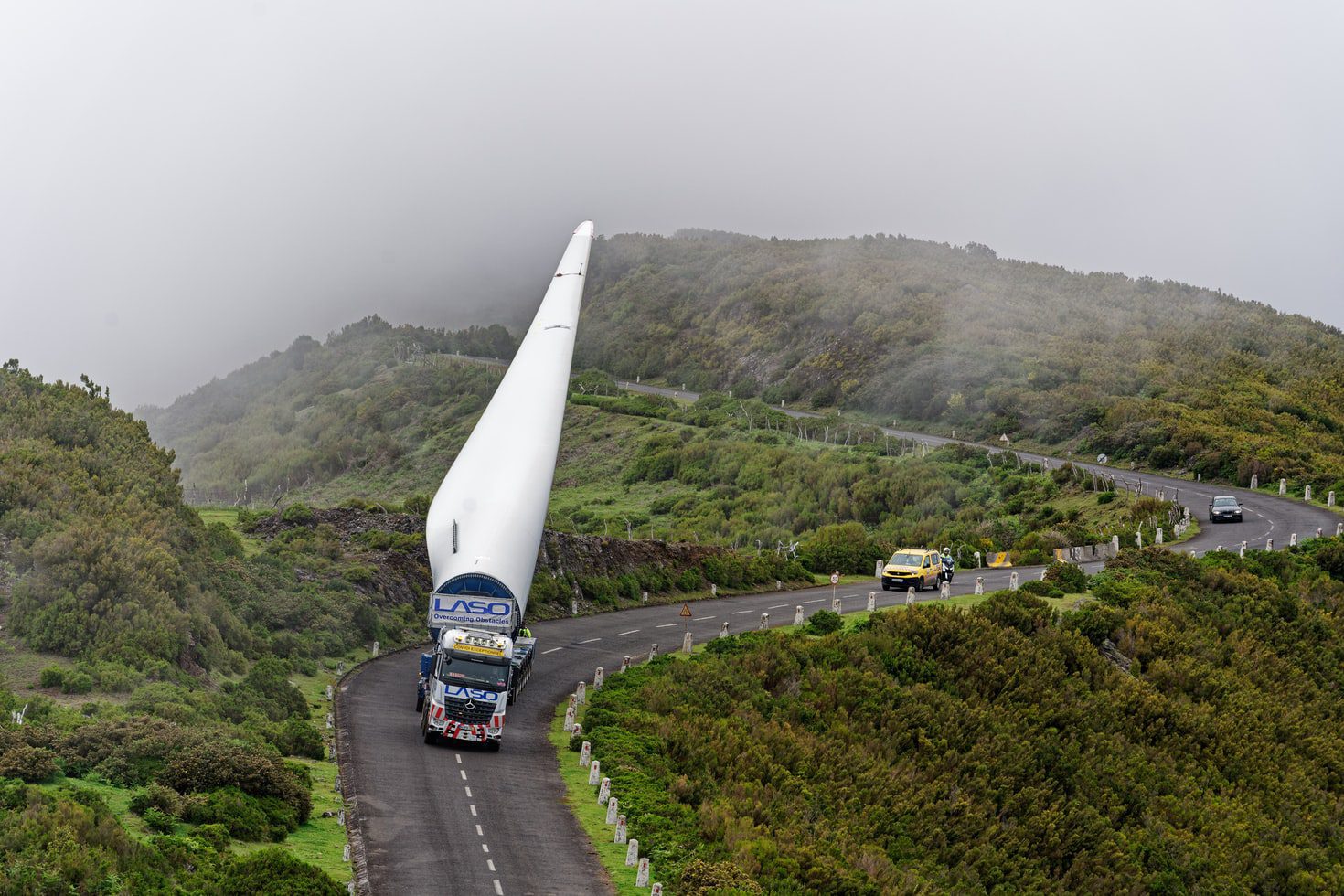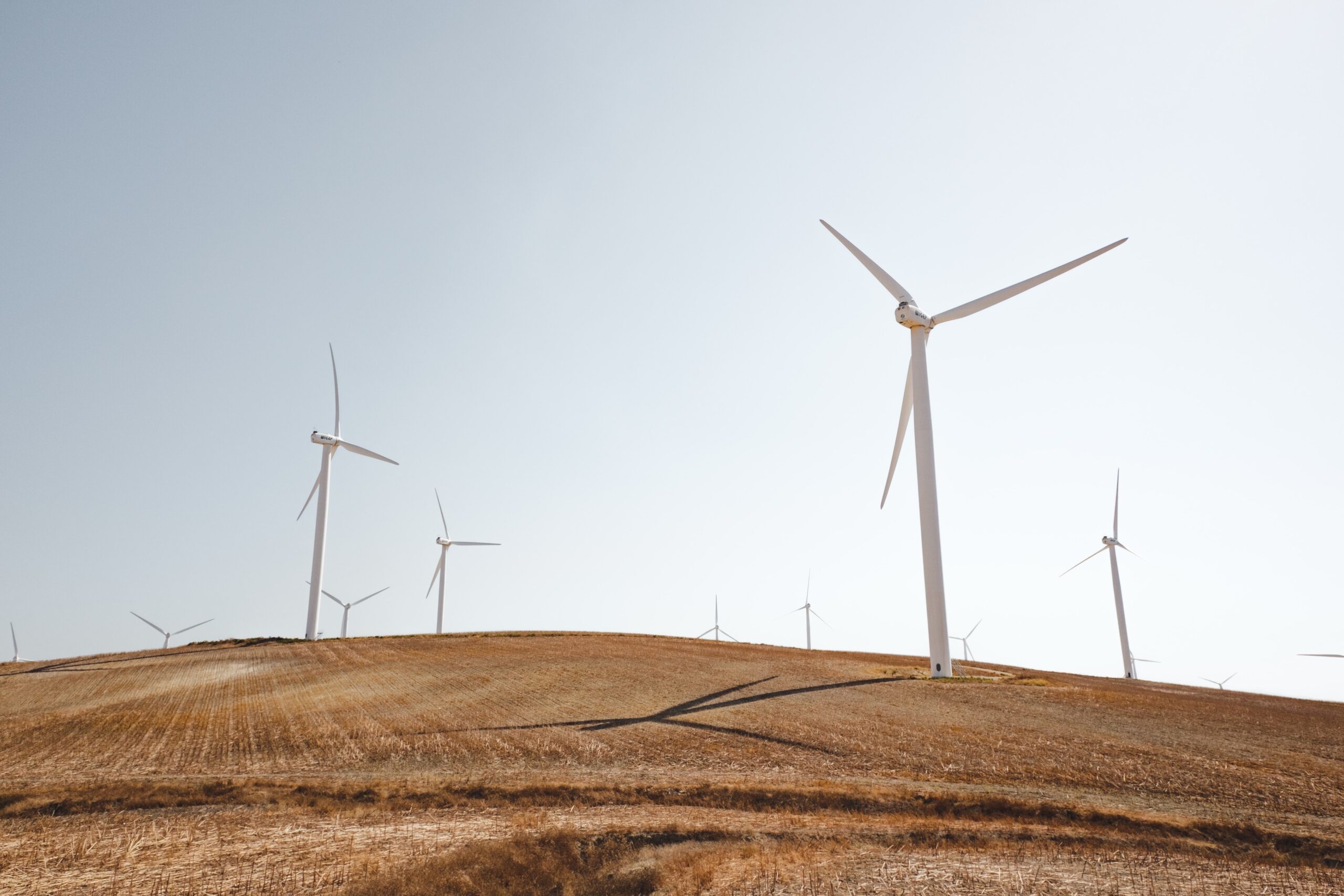Solar panels and wind turbines are becoming more accepted as future clean energy technologies. Most nations maintain a significant reliance on fossil fuels for power needs, but renewables are finding their place in global energy production. What will we waste when these power sources break down?
Turbines and solar panels are fantastic for harnessing the natural elements of the sun and wind for usable energy. However, they are not made of adamantium, the indestructible metal alloy from the fictional world of Marvel Comics. The panels have a defined lifespan and will eventually fall into disrepair, just like any other machine ever created. Screws eventually loosen, metals rust, and at some point, the spinning fiberglass turbine blades will come crashing down to earth. Several viral social media posts with images of landfills in Iowa and Wyoming full of discarded turbine blades have highlighted this dilemma.

What to do with these blades is as much a moral quandary as it is a practical one–how can we truly call our society sustainable when the very machines that ensure that practice will eventually find themselves in landfills of their own? Several companies have emerged boasting different fiberglass recycling techniques in response to this problem.
Tennessee-based Carbon Rivers is one such company with a unique recycling method. The company converts turbine blades into a raw material with many uses, including 3D printer filaments, injection molding pellets, and upcycled glass fibers. Power provider MidAmerican Energy enlisted Carbon Rivers’ services after a year of unsuccessfully finding a sustainable use for the more than 400 blades sitting in an Ellsworth, IA field.

While other companies are starting to implement similar fiberglass recycling techniques, there is still the issue of the scale at which these companies currently operate. One commonly cited reason is simple economics—quite often, the cheapest way of getting rid of used turbine blades is landfill disposal.
Renewable advocates say more work is needed for companies to reach the necessary capacity, especially considering more than 2 million tons of used blades are expected to end up in landfills by 2050.
“Physical and material scientists can recycle blades now,” said Eric Lantz, National Renewable Energy Laboratory wind analysis manager. “But, broadly speaking, scaling up recycling technologies will require more research and development to maximize the value of the recycled materials and improve the economics of the processes.”





